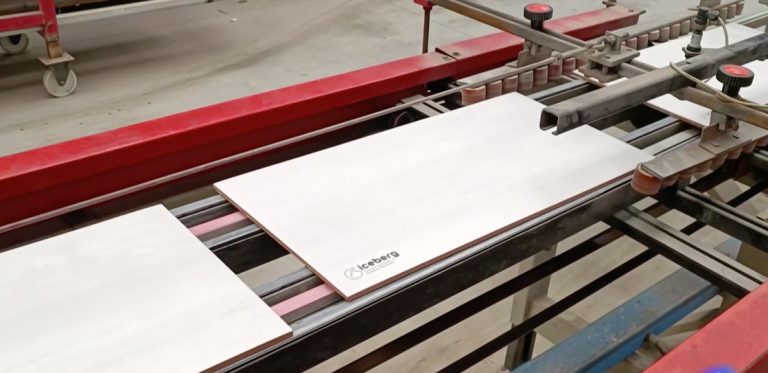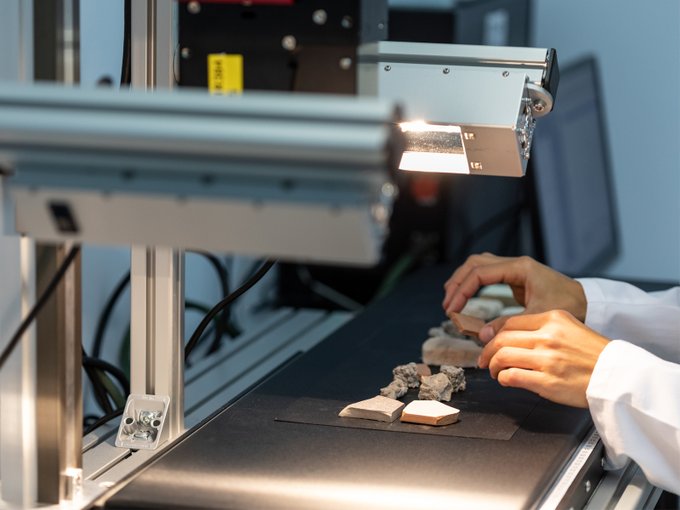- The Journal of Analytical and Applied Pyrolysis has published the research led by VTT, Megara Resins and Tecnalia on the circularity of timber as part of the Iceberg Project.
This November, the prestigious Journal of Analytical and Applied Pyrolysis has published the conclusions of the research by VTT Technical Research Center of Finland, Megara Resins from Greece, and the Basque research centre Tecnalia. The authors of the paper were Elmeri Pienihäkkinen, Ioannis Stamatopoulos, Poppy Krassa, Ingemar Svensson, Taina Ohra-aho, Christian Lindfors and Anja Oasmaa.
Specifically, the research focused on the recycling of timber from demolition using innovative techniques and with very positive results. Recycling of waste wood into phenol-formaldehyde (PF) resins via fast pyrolysis was demonstrated. Phenol was successfully replaced by pyrolytic lignin fraction at 10, 20, 30, 40 and 50 wt%.
Waste wood collected from the building demolition site in Finland was pyrolyzed with 20 kg/h circulating fluidized bed pyrolysis pilot unit. The pilot was run with high organic liquid yield (60 wt% on average) and the produced fast pyrolysis bio-oil was fractionated by water addition into aqueous phase and water insoluble phase.
Phenol was successfully replaced by pyrolytic lignin fraction at 10, 20, 30, 40 and 50 wt%.
The obtained fractions were characterized and the water-insoluble viscous lignin fraction was used in the synthesis of PF-resins. Commercial phenol was successfully replaced by pyrolytic lignin fraction at 10 wt%, 20 wt%, 30 wt%, 40 wt% and 50 wt% producing resins of low in free formaldehyde content, but resins with high replacement ratio exhibited higher viscosities. The use of H2O/n-butanol mixture as solvent at a ratio 70:30 wt/wt% proved capable to prolong the storage time of the resin and helped to maintain the viscosity at acceptable values for at least 2 weeks before their use in the targeted application.
Finally, the gluing performance of the resins was evaluated by measuring the tensile shear strength of lap joints formed by gluing 5 mm thick beech wood veneers. All the produced resins fulfilled a dry strength limit of ≥ 10 N/mm2. Wet strength limit ≥ 7 N/mm2 was fulfilled by the resins with the replacement ratio up 40 wt%, but resins with replacement ratio of 50 wt% had somewhat reduced wet strength. These results confirm a promising protentional application of pyrolysis derived lignin fraction in phenolic wood adhesives, at least in dry conditions.
Final published version:
https://www.sciencedirect.com/science/article/pii/S0165237023003832?via%3Dihub





